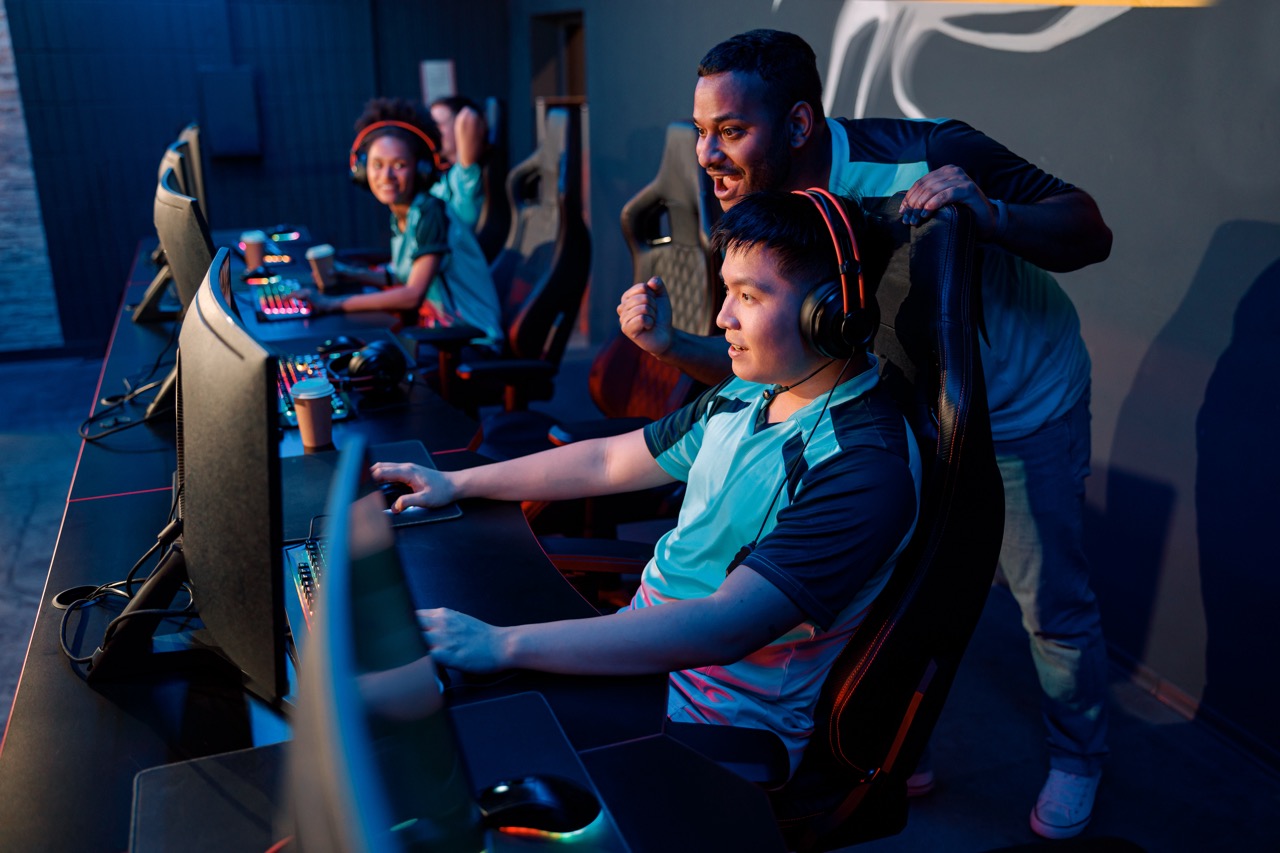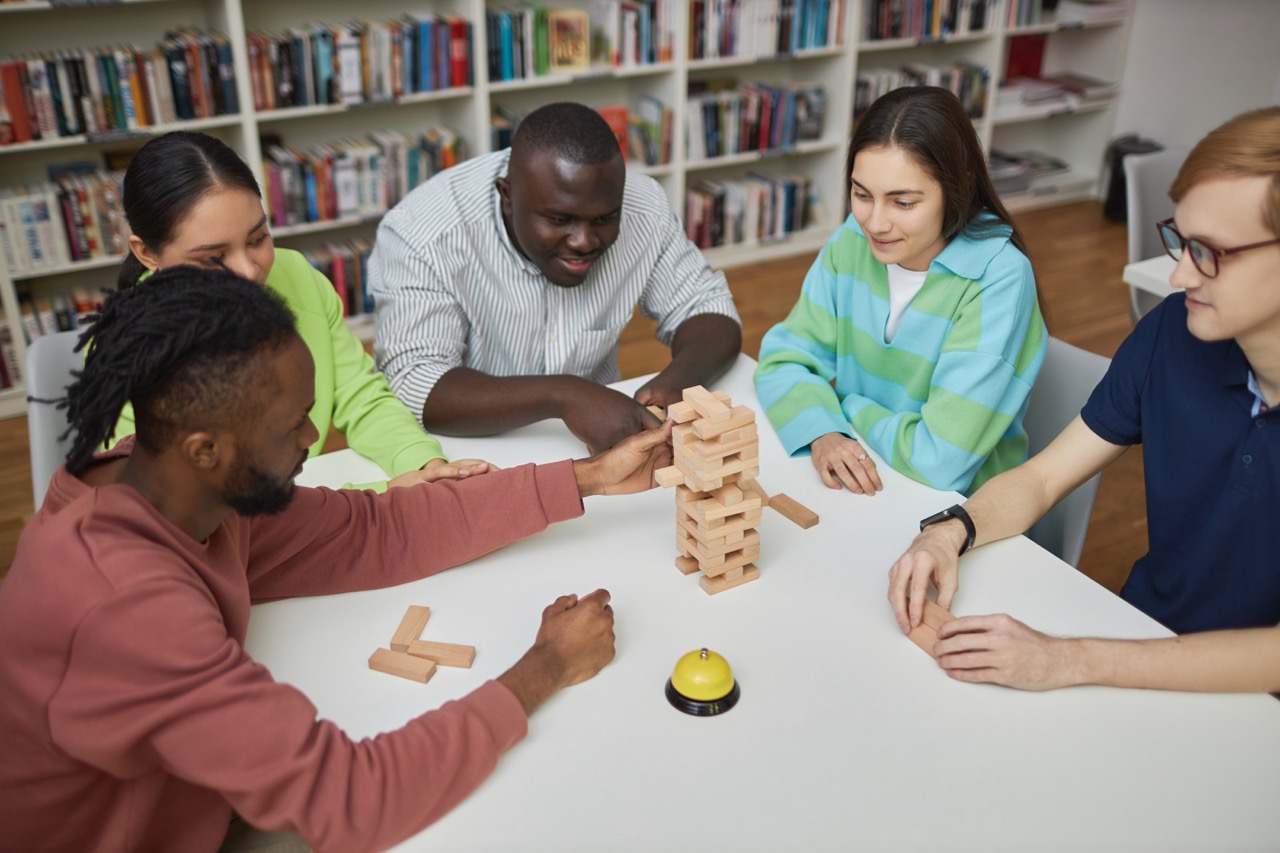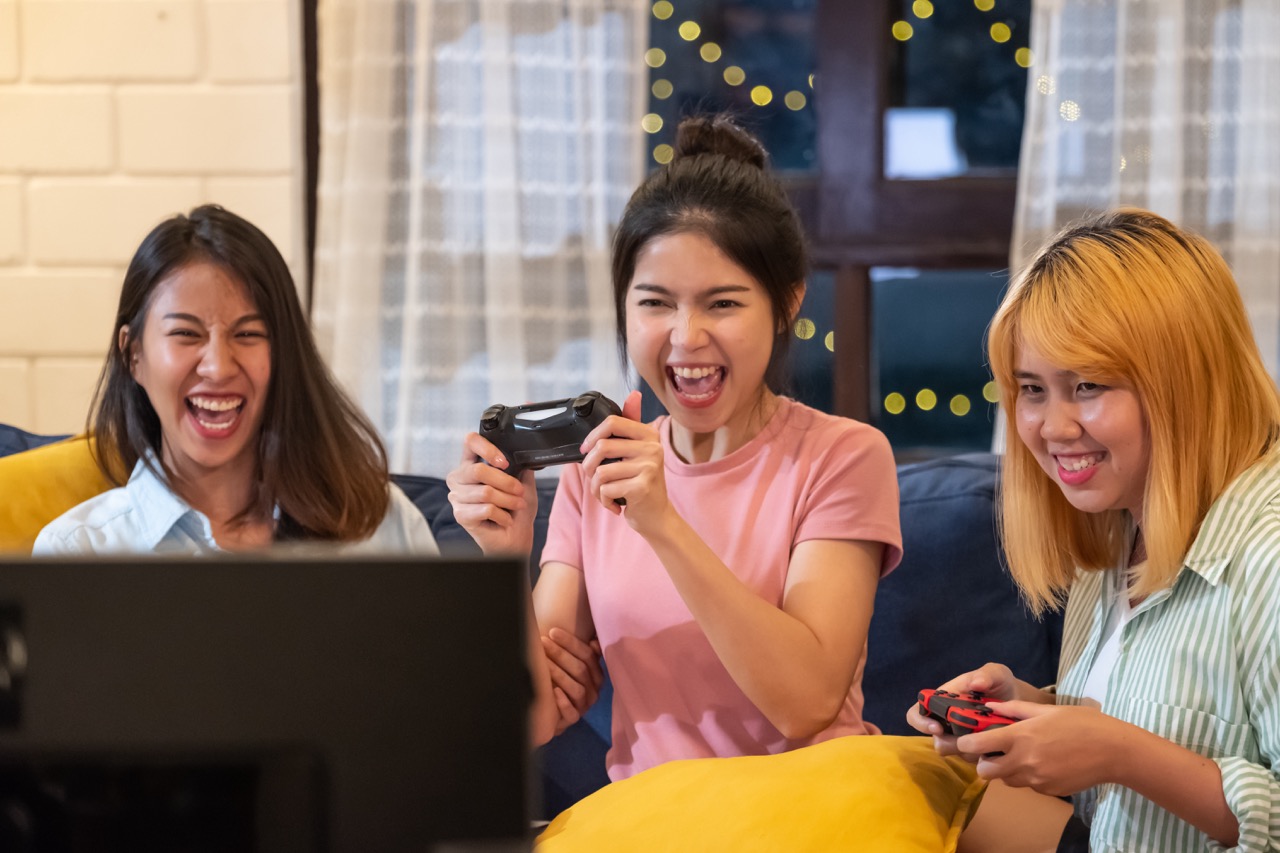Designing a great boss fight is one of the most thrilling and challenging aspects of game development. It’s not just about throwing a powerful enemy at players and expecting them to triumph; it’s about creating an experience that resonates long after the controller is set down. A memorable boss fight should be the culmination of the skills and strategies players have learned throughout the game, presenting a climax that is both satisfying and rewarding. In this article, we’ll take you through the essential elements that make a boss fight unforgettable, from mechanics to storytelling.
Understanding the Essentials of a Memorable Boss Fight
Before diving into the specifics, it’s vital to grasp what makes a boss fight memorable. First and foremost, it should pose a significant challenge, pushing players to confront their fears and hone their skills. The best boss battles often serve as a rite of passage, marking a clear progression in the game. Players should feel that they’ve genuinely earned their victory after overcoming a formidable foe.
A memorable boss fight also embodies thematic cohesion with the game world. The design, abilities, and even the backstory should align with the overarching narrative, adding depth to the encounter. If the boss feels disconnected from the game’s universe, it can detract from the overall experience. This thematic link helps players become emotionally invested in the fight, enhancing the stakes and making the victory that much sweeter.
Additionally, you want to ensure that the boss has a unique identity that sets them apart from other enemies. Whether through striking visual design, distinctive dialogue, or unusual abilities, giving the boss their own personality can elevate the encounter. Engaging players on multiple levels—mechanically, narratively, and emotionally—will help cement the fight in their memory.
Lastly, consider the pacing of the fight. A well-structured boss battle should have moments of intensity balanced with quieter periods for players to regroup. This ebb and flow can create emotional highs and lows, adding to the overall drama of the showdown. A fight that feels like a relentless barrage can quickly become exhausting, while one that allows for strategic thinking will keep players on their toes.
Crafting Unique Mechanics That Keep Players Engaged
To keep players engaged during a boss fight, unique mechanics play a crucial role. Instead of relying on the same old attack patterns, introduce mechanics that require players to adapt and strategize. This could mean changing attack phases that shift in difficulty or introducing environmental elements that players can manipulate. By keeping players on their toes, you encourage them to think creatively and invest more in the encounter.
Another way to create engaging mechanics is to implement cooperative elements. For multiplayer games, this could involve requiring players to work together to overcome specific challenges, such as one player distracting the boss while another deals damage. For single-player experiences, the use of supporting characters or environmental aids can offer similar layers of strategy. The more players can experiment with different approaches, the more satisfying their experience will be.
It’s also essential to consider the feedback players receive during the fight. Visual and auditory cues can signal when a boss is vulnerable or about to unleash a powerful attack. Clear feedback helps players feel in control, as they can adapt their strategies based on what they perceive. If feedback is murky or unclear, players may feel frustrated rather than challenged.
Finally, consider adding layers of complexity without overwhelming the player. A great boss fight should feel dynamic and engaging, but if there are too many mechanics to juggle, it risks becoming chaotic. Gradual complexity—introducing new mechanics as the fight progresses—can keep the experience fresh while still feeling manageable.
Balancing Challenge and Fairness: The Perfect Combo
Striking the right balance between challenge and fairness is a hallmark of a well-designed boss fight. Players enjoy being challenged, but they also want to feel that they can succeed with practice and perseverance. If a fight feels impossible or relies heavily on luck, it can lead to frustration rather than enjoyment. Crafting a tough but fair encounter is key to keeping players invested.
One way to achieve this balance is through clear communication. Players should understand the boss’s capabilities and the potential consequences of their actions. Whether through environmental storytelling or in-game tutorials, providing players with the tools they need to succeed can instill confidence. When players feel prepared, they’re more likely to engage with the challenge on a deeper level.
Incorporating difficulty settings can also help cater to various player skill levels. Offering options allows players to choose an experience that fits their comfort level, making it feel inclusive. Some may want the thrill of a high-difficulty encounter, while others may appreciate a more relaxed challenge. This adaptability can broaden the appeal of your game while ensuring that every player has an enjoyable experience.
Finally, consider implementing checkpoints or health regens during the fight. This allows players to learn from their mistakes without feeling demoralized after a single misstep. By promoting a growth mindset, you encourage players to see each defeat as a stepping stone toward ultimate victory. This way, the challenge feels rewarding rather than punishing.
Designing Epic Visuals and Sound for Maximum Impact
Visuals and sound design play a pivotal role in making a boss fight unforgettable. Striking visuals can elevate the stakes and immerse players in the encounter. Consider how the colors, animations, and overall art style reflect the boss’s personality and abilities. A visually distinctive boss can leave an indelible mark on players’ minds, adding to the overall legacy of your game.
Sound design is equally important. The right music can build tension and excitement during the fight, enhancing players’ emotional investment. An epic orchestral score can elevate the stakes, while eerie sound effects can contribute to a sense of dread. Use audio cues strategically to signal impending attacks or changes in the fight. This not only provides crucial feedback but also builds atmosphere.
Moreover, consider how the visuals and sound can work together to create memorable moments. For instance, a climactic attack could feature a dramatic visual effect accompanied by a powerful sound cue, heightening the experience. These combinations can create a sense of spectacle that players will remember long after the fight is over.
Don’t forget about the importance of environmental design, either. The arena where the boss battle takes place can greatly influence the feel of the encounter. Unique layouts or interactive elements can make the fight feel dynamic and engaging. A visually stunning environment not only enhances immersion but can also serve as a strategic playground for players to explore and exploit.
Storytelling: Weaving Narrative into Your Boss Battle
Storytelling is an often-overlooked element of boss fight design, yet it can significantly enhance the experience. A boss should feel like a natural part of the narrative, not just a challenge for players to overcome. By weaving in backstory or motivations, you can make the encounter more personal and emotionally resonant. Players are more likely to remember a fight when they understand what’s at stake.
Dialogue can be an effective tool for conveying story during a boss fight. This could be through taunts, monologues, or even interactions with supporting characters. Using dialogue can reveal the boss’s motivations or personal struggles, making them feel multi-dimensional rather than simply a faceless enemy. When players can relate to the boss, it adds layers of depth to the encounter.
Additionally, consider tying the boss’s abilities to their backstory. If the boss has a tragic past, their attacks and strategies could reflect that narrative. This connection not only enhances immersion but also creates a more cohesive experience, drawing players deeper into the game world. When each ability has a story behind it, players are less likely to view the fight as a mere mechanical challenge.
Finally, use the boss fight as a culmination of the player’s journey. If players have invested time into building their character and uncovering the story, the encounter should reflect that growth. Creating a fight that showcases the skills and knowledge players have gained can be incredibly rewarding, reinforcing the narrative and gameplay elements together.
Testing and Iterating: Fine-Tuning Your Epic Showdown
The journey to crafting a memorable boss fight doesn’t end with the initial design. Testing and iteration are crucial to ensure that your encounter delivers on its potential. Playtesting with diverse groups can provide valuable insights into how players experience the fight. Are they finding it too easy or too difficult? Are there elements that feel frustrating or unclear? Gathering feedback is essential for fine-tuning the experience.
During the testing phase, observe player behavior closely. This can reveal patterns in how players approach the fight and highlight any mechanics that may need adjustment. If a particular strategy emerges as overly dominant, consider ways to diversify the experience. Enabling multiple viable strategies not only enriches the encounter but keeps players engaged.
Iterative design is key. Take the feedback from testing and make adjustments accordingly, then retest to see how those changes impact the fight. This cycle may continue several times until the encounter feels balanced and engaging. Don’t be afraid to make significant changes if necessary, even if it means going back to the drawing board. Your goal is to create an experience that players will cherish.
Lastly, remember that even after launch, it’s important to remain open to feedback and adapt accordingly. Online communities can provide valuable insights that may not have been apparent during initial testing. Listening to your audience and making necessary adjustments can enhance the game’s longevity and ensure that your boss fight remains a beloved aspect of the experience.
In conclusion, designing a great boss fight requires a thoughtful blend of mechanics, challenge, visuals, sound, storytelling, and rigorous testing. It’s a complex process that demands attention to detail and an understanding of player psychology. When executed well, a boss battle can become the defining moment of a game, leaving players buzzing with excitement and satisfaction. By following these principles, you can create epic showdowns that stand the test of time, ensuring that your players keep coming back for more.










